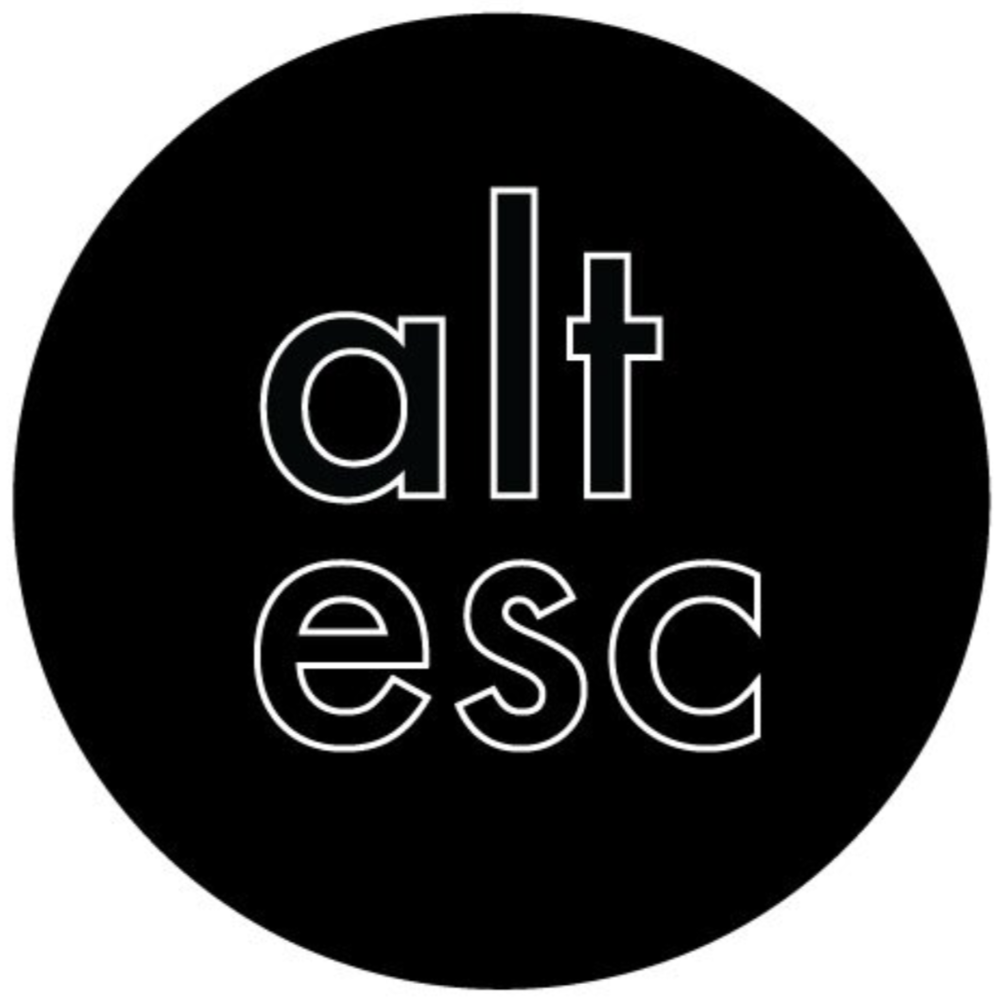ANNE VIEUX
Anne Vieux is a painter and sculptor based in Brooklyn. She recently released a book project in collaboration with Small Editions, an experiment in image distortion and manipulation using holographic paper and a scanner. Vieux's study of light as a mobile and transformative idea navigates physical and virtual realms. We met her at her studio at Mana Contemporary where she currently has a residency. She has an upcoming solo exhibition at Annka Kultys Gallery, London opening in April.












What are you working on now?
I am working on my upcoming solo show “Mesh” at Annka Kultys Gallery in London. I’m making large works for it, smaller works, possibly video and sculpture. Playing the idea of mesh in 3-D modeling programs, the work has a virtual quality, viewers maybe unsure what is physical/digital, and where lines and forms disappear and reappear. This exhibition will create a space for the viewers’ bodies to exist within the mesh of the work, but also an out of body element...potentially a parallel virtual experience.
What is your process for the images in your work?
I play with this macro/micro field by zooming 900% into the material creases of scanned holographic paper and lenses. A lot of the work uses the limitations of the software, and how far it can push the image. My “Double Vision and Parallel” series, were made directly after a book project with Small Editions, they were very literally spreads – two images at once. Scanning materials created an alternative was to explore light and virtual image simultaneously, creating an image that doesn’t have a referent in the physical world. This project got me thinking about how images could slow down virtual space, and speed up painting space.
When did you start playing with the scanner?
When I was making sculpture I was using lenses and thinking about distortion, it made sense to think about viewing a painting on a flatbed or picture plane, that idea of layering space horizontally, but through the lens of the screen.
Light pieces are so interesting because they constantly change in any given day and depending on the place. When did you start working with light and holograms?
In 2009 I was making these fluorescent watercolor paintings with black lights installed around them. I was putting black lights under them. After a while I wanted these works to exist on their own without an apparatus. Working with light is the main thing that has been consistent in my work.
How do you make your paintings?
It’s a back and forth process between the computer, printing, and painting. It creates this hyper rendered layer of lines bisecting blurred or affected areas...It’s been an intense material exploration. In the successful ones there is a confusion of what’s printed/painted.
I love how you frame these works. Do you call them paintings?
They function as paintings for sure, but they are kind of built backwards in this idiosyncratic way. I sample a color from the work and use it for the frame, creating a holistic piece.
What are the organic forms?
When I make the compositions I have an idea of what the painting will be and when I’m working on it I find breaks in the print to put the lines to penetrate the breaks so it all becomes one thing. I’m thinking a lot about a needle threading the surface, and other realms.
How did you settle on suede?
I was into the fact that the materials are synthetic, but the forms read as organic. I was thinking about giving the digital image more tactile materiality. I like the kitsch quality of it, like the associations to sofas or fake fur. The faux suede captures marks of the hand, which I call “traces.”
When did you start the sculptures?
I started making sculpture in grad school and then the lenticular ones here in New York. They are made up of three images stitched together, creating a movement and dimensionality as you walk around them.
What’s your video work like?
I use JPEGs of my paintings in After Effects (video editing program) to layer, distort, and transform. The loop of and repetition of the painting image transforms them into these hypnotic pieces, where your body kind of melts away when in front of a screen. I’m trying to slow down video space, and speed up painting space.
That’s cool how you can translate these images into moving medium.
I’m into the idea of everything being transmutable, constantly shifting realities.
Has teaching impacted you?
For sure, I was teaching art history recently. It’s interesting to verbalize the motivations for making images, including some of the earliest. Look back to see the future.
Whose work are you looking at now?
There are too many young artists that I look at to name. I saw a Sara Vanderbeek show at Metro Pictures recently that I really liked. I’m into Anne Neukamp paintings. Lynda Benglis and Brancusi always.
